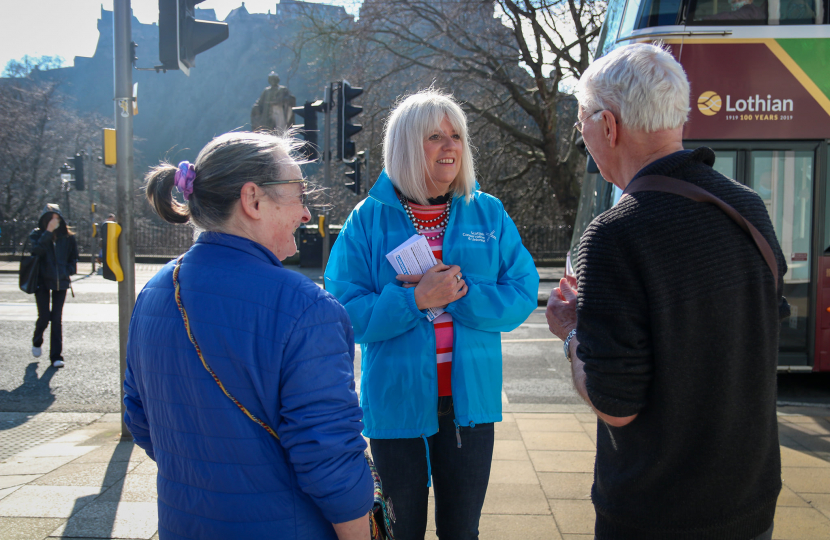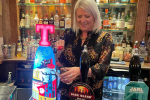
Most people I know outside of politics don’t have much time for consultations and studies. Their lives are busy enough without getting involved in campaigns, pressure groups and political parties.
That all changes when something directly affects their lives, but usually it’s already too late by the time they are aware of an unwelcome development.
“We’ve had a consultation, and most people were supportive of our plans,” is the usual retort from the City of Edinburgh Council as they realise consultation responses were, to put it politely, at variance with the real, silent majority.
But all too often, grand plans are not even based on false assumptions about popular demand, but what officers with their own agendas and compliant councillors think people should get. Skewed consultations are a cover for plans which can leave most people aghast.
All too predictably, Edinburgh Council’s new vision for the way we get around the city falls into this category. Contained in the recently approved “Our Future Streets” blueprint, it’s not just a radical rethink about transport, but about what the city centre is for.
The prospectus is long, dense and crammed with excluding jargon, but one passage stood out to me. The plan, it says, will “give city centre users a greater opportunity to meander through these Old Town streets with a greater sense of pedestrian priority and enjoy the surrounding built heritage at leisure, fully connecting this area with the First New Town.”
I’m sure lots of locals will go for a “meander” from time to time, but probably when they are on holiday, and that seems to me to be the point. This is a strategy based around leisure, not on busy local people going about their daily business on their own streets.
The same people who are too busy to keep their eyes peeled for the next council consultation are also too busy to head for the city centre to “meander”. They go for a purpose, which might be to work, to shop or to meet friends in a specific place, but often it will be to get across town for some other purpose. Hospital appointments, collections, picking up relatives or whatever.
It suggests a vision of how people lead their lives which is at odds with the reality, and the result is a strategy which engineers the end of cross-town journeys, certainly by car, but also hits much of the bus network. It imagines city centre businesses being supplied by cargo bikes, as if the whole of Edinburgh can become some romantic modern version of the Hovis advert.
The Cowgate will close and Waverley station will be cut off from private motorists. Waterloo Place, already nose-to-tail with buses, will become a new terminus for routes serving the east of the city, while Castle Terrace has been earmarked as a bus hub for services to the West.
How many people have stood waiting to cross at the east end of Princes Street and thought how much better it would be if the buses coming up Leith Street hair-pinned round towards Regent Terrace instead of heading west?
Princes Street unquestionably needs a revival, but this is just extremism to turn the city centre it into a theme park. If you see Edinburgh becoming a tartan Disneyland, blame a Mickey Mouse strategy.

